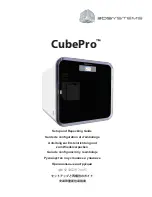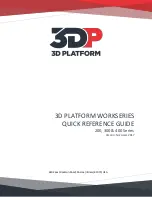
Bridging Fan Speed
covers the speed that the fan should run at when the slicer is
creating a filament bridge. A bridge is basically a free-hanging length of filament with no support
below it. Some materials like PLA form excellent bridges if cooled while being extruded.
Disable Fan For The First
n
Layers
allows you to make sure that the fan isn't activated
during the crucial first few layers of a print. You typically don't use the fan for at least the first
two layers in order to help ensure good bed adhesion.
Cooling Thresholds
allow you to slow
the print speed down during a print if needed.
If the current layer will require more than the
specified time to print, the slicing engine will
automatically slow the print speed down to
meet this goal. This can be important because
if you don't use a fan, a layer will need time to radiate its excess heat before the next layer is
applied. If the material isn't cooled, or given time to cool via radiation, heat can build up in the
underlying layers and cause curling and other undesirable effects.
Minimum Print Speed
can be used to ensure that the printer doesn't slow down TOO
much, which can cause it's own heating problems. For example, if you're printing too slowly, the
presence of the nozzle moving over the surface can cause heating to areas adjacent to the
nozzle tip which can cause blobbing or layer deformation.
Note that none of the fan options will come into effect unless you've enabled the
operation of the fan. I'll cover that in the next section.
83
















































